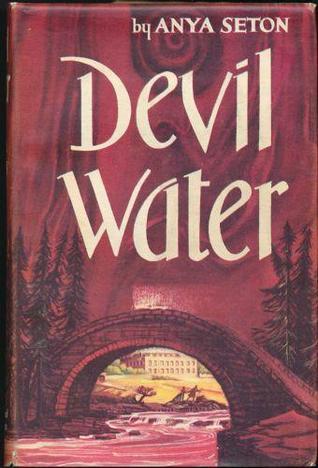What do you think?
Rate this book


526 pages, Hardcover
First published January 1, 1961
Fear, the devil’s holy water
Self-preservation is the first and strongest law of nature
She had learned about suffering since she passed this way before, she had learned about fear and death
Sperare est timere. (...) There was indeed fear in hoping